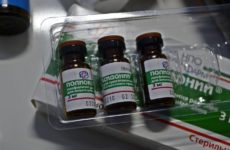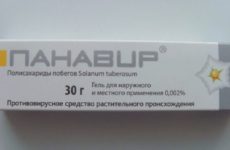Interferon is a combination of various natural alpha-interferons that have been obtained from human blood.
Such drugs are actively used in various areas of medicine for the treatment and prevention of viral pathologies and immunodeficiency states.
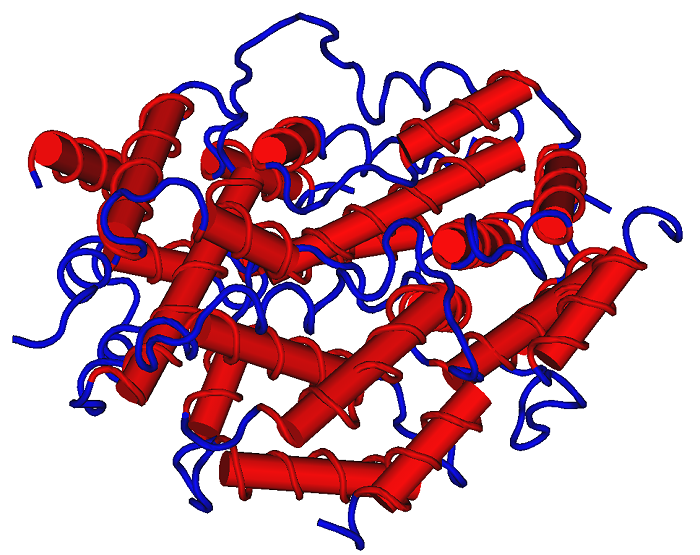
Содержание:
- 1 What kind of drug is this?
- 2 Are drugs containing interferons used in the treatment of HPV?
- 3 Are there any contraindications for use?
- 4 What is the form of release of drugs: tablets, drops, ointments?
- 5 Instructions for use in the treatment of papillomavirus infection?
- 6 Can the drug be used for children and pregnant women with HPV
- 7 Interaction with other drugs
- 8 Side effects and overdose
- 9 The opinion of doctors about the effectiveness of the drug in the treatment of papillomavirus
What kind of drug is this?
Interferons are substances of protein origin with protective properties.
general information
Interferons are produced by body cells as a response to the intake of pathogenic viruses. They are a natural barrier that prevents viral agents from entering the human body.
Proteins have powerful antiviral and immunostimulatory effects. Under their influence, cellular phagocytosis is activated, the body’s resistance to infections and viruses increases. Interferons have a direct effect on the DNA and RNA of pathogenic microorganisms.
Types of proteins, alpha-interferon
Interferon proteins differ in their genetic structure, the type of cellular recipes they act on, and also in the DNA regions.
All proteins are classified into 3 types:
- The first type includes alpha-interferon, which is characterized by 13 different structural types, as well as beta-, kappa-, epsilon- and omega-.
- The second type includes gamma-interferon.
- Not so long ago (2002), a third type of interferons was identified, which differs from the rest in the genetic structure and type of receptors with which proteins interact.
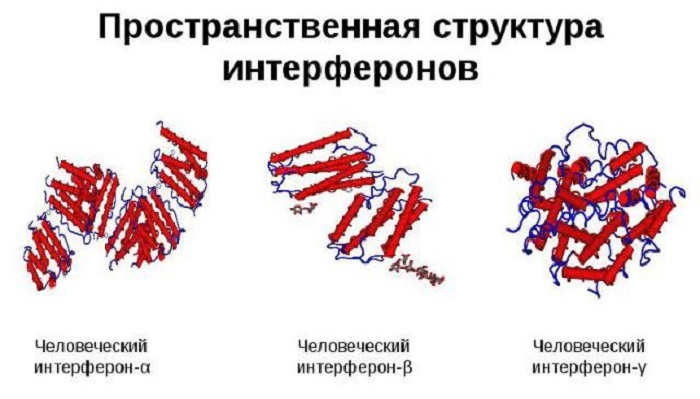
Impact on the body
As soon as the viral agents have penetrated the cells, the process of their active division begins. The cell structure, affected by pathogenic microorganisms, begins to produce interferons that act from within and go beyond the cell to transmit information to others.
Interferon is not able to destroy viral agents. The action of proteins is to inhibit the active reproduction of viral agents and their ability to move.
Interferon has the following effect:
- quickly suppresses the process of virus synthesis;
- activates cellular enzymes that prevent viruses from multiplying and break down RNA in cells;
- initiates the synthesis of the p53 protein, which can lead to the death of the affected cell.
Based on this, we can conclude that interferon can destroy not only foreign microorganisms, but also human cell structures.
In addition, proteins strengthen the body’s defenses. Stimulation of cellular enzymes contributes to the activation of antiviral protective blood cells.
Are drugs containing interferons used in the treatment of HPV?
Interferon medications inhibit the synthesis of viral DNA, reduce its content in tissues and strengthen the immune system. For the treatment of HPV, various means are used, but only as part of complex treatment along with antiviral drugs.
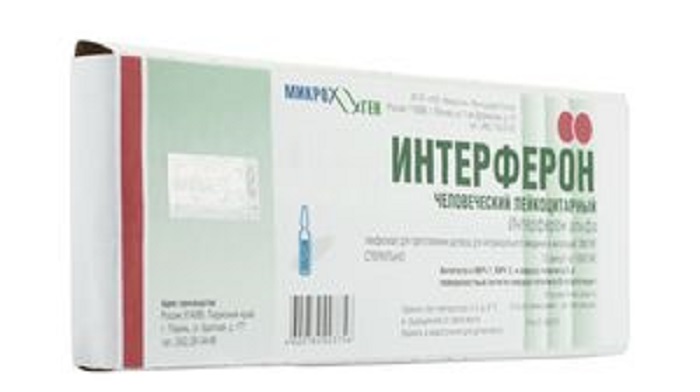
Are there any contraindications for use?
Interferon-based medicine is contraindicated in the following cases:
- hypersensitivity to components;
- autoimmune pathologies;
- myocardial infarction;
- CHF;
- diabetes;
- cirrhosis of the liver;
- severe mental disorders;
- epilepsy;
- disturbances in the work of the central nervous system;
- thyroid pathology;
- pronounced disturbances in the functioning of the liver and kidneys.
With caution, the drug is prescribed to children under 2 years of age, women during pregnancy and lactation, as well as patients taking immunosuppressants.
Interferons are not used in the case of isolated diagnosed HPV with a high risk of carcinogenesis in a smear from the cervical canal
What is the form of release of drugs: tablets, drops, ointments?
The drug is produced in several dosage forms:
- lyophilized powder for eye and nasal drops;
- injection;
- eye drops;
- eye films;
- nasal drops and spray;
- ointment;
- dermatological gel;
- liposomes;
- aerosol;
- oral solution;
- rectal suppositories;
- vaginal suppositories;
- implants;
- microclysters;
- tablets .
Most often, a drug is produced in the form of a lyophilisate to obtain a solution. It is presented in the form of a porous amorphous mass or white powder. It is packaged in ampoules that contain 1 dose of the active substance.
Instructions for use in the treatment of papillomavirus infection?
The method and duration of therapy is determined taking into account the form of release of the drug:
- Injections . They need to be done once a day. The treatment regimen is 2 days in a row, and then make 3 injections every other day. The subsequent interval between injections will be 3 days. The duration of the course depends on the severity of the pathological process. The solution can be administered intravenously or intramuscularly.
- Tablets . When treating HPV, they should be taken 30 minutes before meals. The daily rate will be 1 pc.
- Liniment . It will be applied once a day to the area of the skin affected by neoplasms. Lay a dry bandage on top. Repeat manipulation for 5 days. When the virus infects the vaginal mucosa or neoplasms are found on the cervix, they can only be removed by intravaginal administration of the drug.
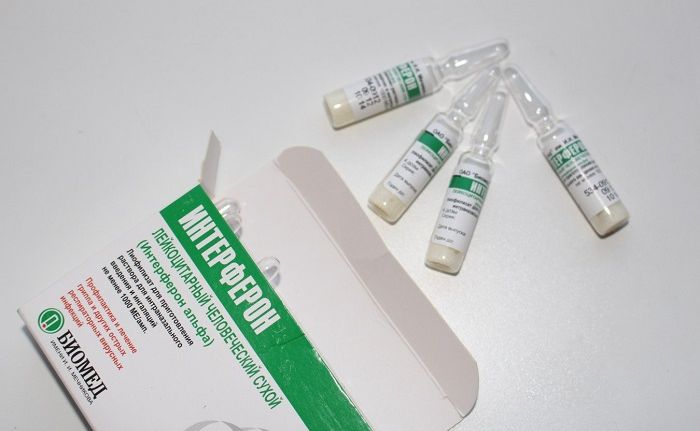
Can the drug be used for children and pregnant women with HPV
The use of medication during childbearing is possible only if the expected benefit to the mother outweighs the potential risk to the baby. If it is necessary to use interferon during lactation, breastfeeding will have to be abandoned.
Interaction with other drugs
Since interferons suppress oxidative metabolism in the liver, there may be a violation of the biotransformation of drugs metabolized in this way. Interaction features:
- with ACE inhibitors – there is synergism in relation to the hematotoxic effect;
- with zidovudine – activation of myelotoxic action;
- with paracetamol – increased activity of liver enzymes;
- with theophylline – a decrease in the clearance of theophylline.
Side effects and overdose
In the case of parenteral use of the drug, side effects are observed much more often than with other methods of drug administration. The following negative effects are possible:
- fever, myalgia, weakness and migraine;
- regarding the digestive organs: poor appetite, nausea, vomiting, diarrhea (rarely there may be disturbances in the liver);
- regarding the cardiovascular system: increased blood pressure, arrhythmia;
- regarding the central nervous system: drowsiness, impaired consciousness, ataxia;
- skin manifestations: slight hair loss, dry skin, erythema and rashes;
- other: general weakness and granulocytopenia.
The opinion of doctors about the effectiveness of the drug in the treatment of papillomavirus
Experts say that the use of interferon in the treatment of papillomavirus reduces the amount of viral DNA in patients in lesions. The drugs can be used topically and systemically, but more positive results can be obtained with the external use of interferon.
In the modern market there is a wide choice of drugs, among which, both domestic and foreign. Doctors recommend the following medicines:
- Genferon.
- Reaferon.
- Kipferon.
- Realdiron.
Specialists most often prescribe recombinant rather than human interferons. Interferons in the treatment of papillomavirus infection help stop the reproduction of pathogenic viruses and strengthen the body’s defenses.
But they must be used only in combination with other medicines, since they are unable to cure the disease on their own. The release form and duration of the drug is prescribed taking into account the severity of the pathological process and the individual characteristics of the patient’s body.




